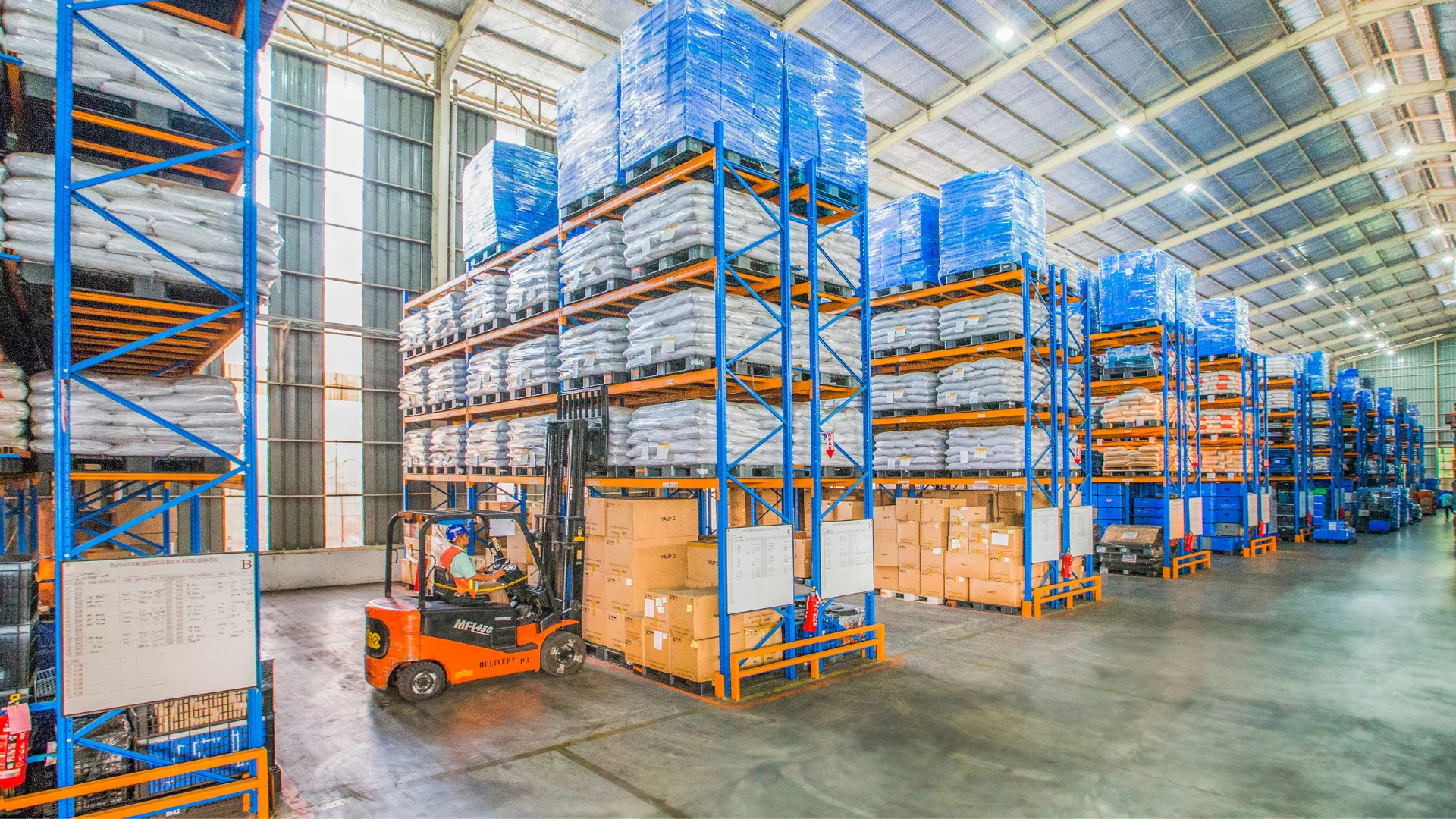Executive Summary
- Client: A leading retail giant with 10M+ monthly online shoppers.
- Challenge: High cart abandonment due to slow checkout and limited payment options.
- Solution: A React-based web app with UPI integration, auto-fill address, and location-based delivery.
- Results:
- 35% reduction in cart abandonment.
- 25% increase in checkout conversions.
- 20% decrease in Return-to-Origin (RTO) rates.
Client Background
Who They Are
Client is a household name in retail, operating 500+ stores and a thriving e-commerce platform. Their mission is to deliver seamless shopping experiences both online and offline.
Pre-Challenge State
- Users faced repetitive form-filling during checkout.
- Limited payment options (credit/debit cards only) frustrated customers.
- High RTO rates due to inaccurate address capture.
“Our checkout process was driving customers away. We needed a solution fast.“
– Head of E-Commerce.
The Challenge
Pain Points
- Repetitive Forms: Users had to re-enter addresses and payment details every time.
- Limited Payment Options: Lack of UPI and wallet integrations led to drop-offs.
- RTO Issues: 15% of deliveries failed due to incorrect addresses.
Business Impact
- Cart abandonment rates soared to 70%.
- Lost revenue from customers switching to competitors.
Client Goals
- Simplify checkout to reduce abandonment.
- Add UPI and other popular payment methods.
- Improve address accuracy to reduce RTO.
The Solution
Approach
- Built a React-based web app for seamless, fast, and responsive checkout.
- Integrated with Client’s existing e-commerce platform for real-time data sync.
Technologies Used
- Frontend: React.js for a dynamic, user-friendly interface.
- Backend: Node.js and Express for scalable APIs.
- Payment Gateway: UPI, wallets, and card integrations.
- Location Services: Google Maps API for precise address capture.
Key Features
- One-Click Checkout: Saved addresses and payment details for returning users.
- UPI Integration: Enabled instant payments via UPI, wallets, and cards.
- Location-Based Address Capture: Auto-filled addresses using GPS and Google Maps.
- Real-Time Validation: Verified addresses during checkout to reduce RTO.
Implementation Process
Timeline
- Phase 1 (Discovery): 2 weeks of user journey analysis and stakeholder workshops.
- Phase 2 (Development): 3-month sprint for app design and integration.
- Phase 3 (Testing): Rigorous QA and user testing to ensure flawless performance.
- Phase 4 (Rollout): Gradual release to 100% of users over 2 weeks.
Team Structure
- React developers, backend engineers, UX/UI designers, and QA testers.
Overcoming Hurdles
- Integrated the new checkout flow with Client’s legacy e-commerce platform.
- Ensured compliance with PCI-DSS standards for secure payments.
Results and Impact
Quantitative Metrics
35%
Reduction in Cart Abandonment
Checkout completion rates improved significantly.
25%
Increase in Conversions
UPI integration attracted more users.
20%
Decrease in RTO
Accurate address capture reduced failed deliveries.
Qualitative Benefits
- 😊 Improved customer satisfaction with faster, hassle-free checkout.
- 🚀 Enhanced brand loyalty as users returned for the seamless experience.
“The new checkout flow is a game-changer. Our customers love it, and so do we.“
– Head of E-Commerce
Project Snapshot
- Client: Retail & E-Commerce, Global
- Technologies: React.js, Node.js, UPI, Google Maps API
- Key Metric: 35% reduction in cart abandonment






